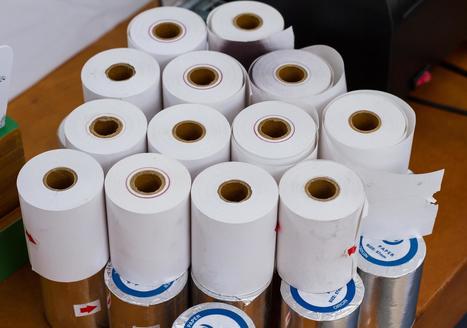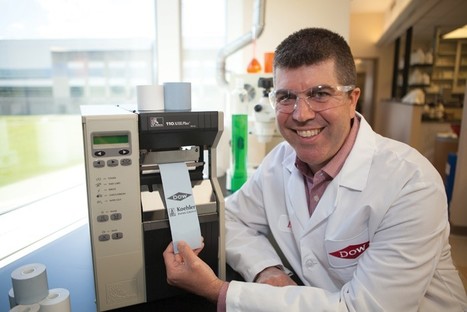Research indicates chemicals used as alternatives to bisphenol A in polycarbonate plastics and epoxy resins aren’t always safer.
A growing body of research is raising questions about the safety of alternatives to bisphenol A (BPA) – an endocrine-disrupting chemical that regulators are cracking down on – that are being used to make plastics and epoxy resins.



 Your new post is loading...
Your new post is loading...

















